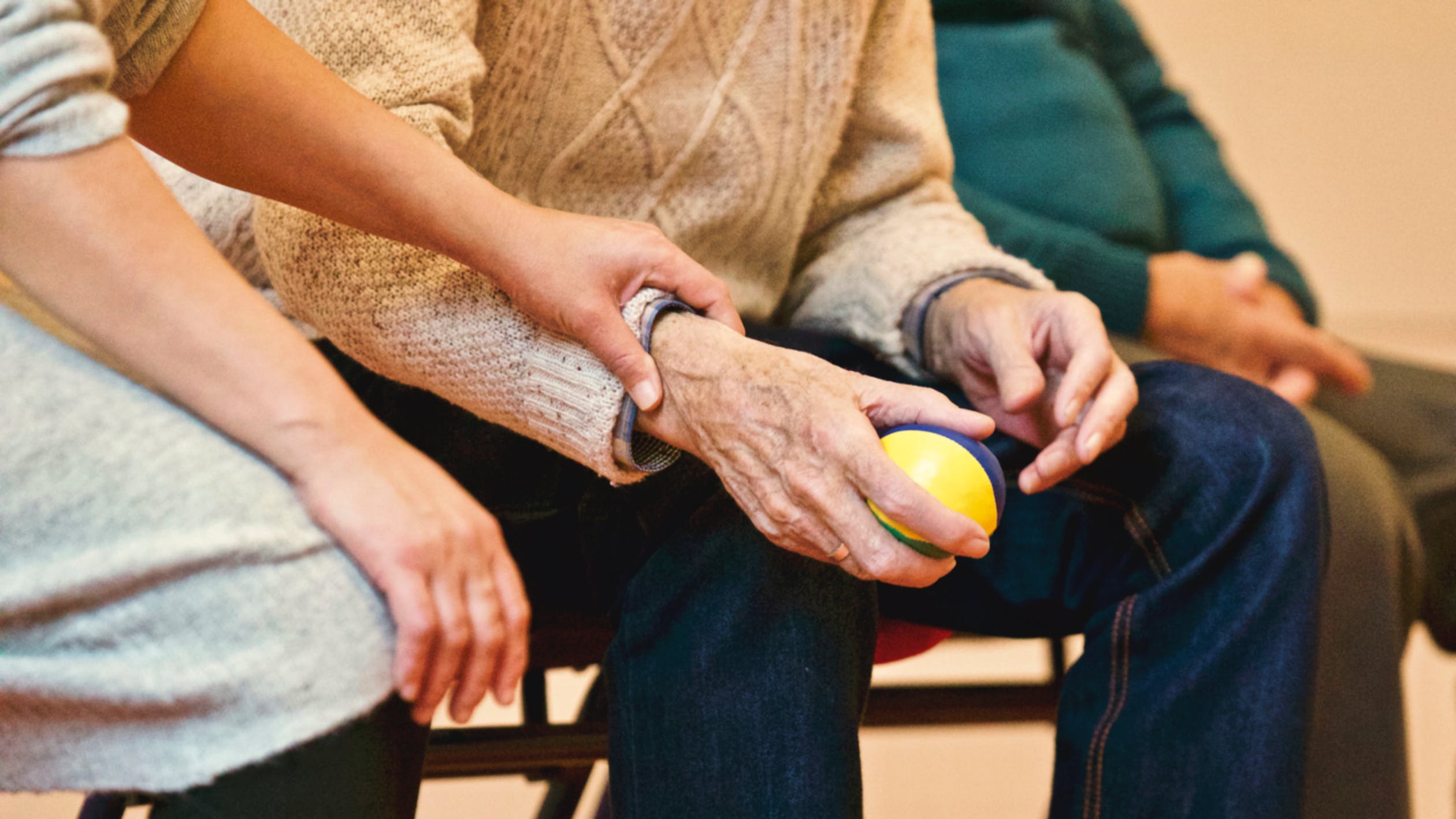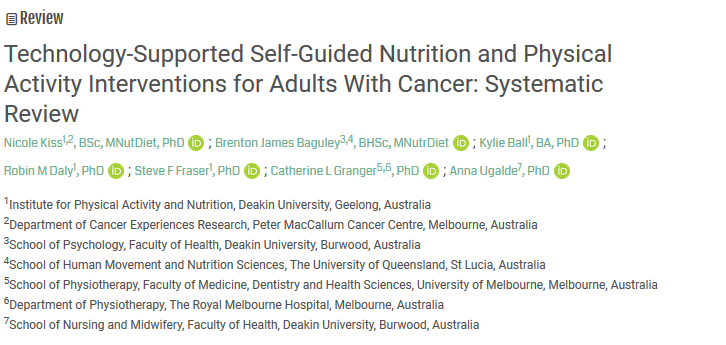Items with category:Nutrients and Health
Preventing peanut allergy: Should we introduce peanut early in infants?
January 25, 2022
Our next blog is by Sandra Brastein, who is currently completing a Master of Human...
Can text messaging improve dietary behaviour in people with type 2 diabetes?
August 27, 2021
Type 2 diabetes mellitus (T2DM) is one of the most prevalent non-communicable diseases worldwide and...
Helping Aussies say ‘no’ to excess salt
March 11, 2021
Nutrition experts at IPAN are working on ways to reduce salt consumption and improve population...
Ultra-processed foods are linked to obesity in Australia
March 11, 2021
Have you ever heard about the term ‘ultra-processed’ foods? Perhaps not, but you are likely...
How is your diet related to risk of type 2 diabetes?
July 15, 2020
Barbara Brayner is a PhD student in the Institute for Physical Activity and Nutrition supervised...
A diet to reduce the risk of heart disease: DASH+
June 7, 2020
Our next blog is by Chrissy Freer is a nutritionist and health author who works...
It’s not just the salt shaker’s fault! Where else is our salt coming from?
March 11, 2020
It’s well known that as a population we eat too much salt. This can have...
Parents keen to reduce salt but find product labels confusing
August 8, 2019
Many Australian parents are trying to reduce their salt intake but come unstuck when faced...
Dietitian and Emeritus Professor Caryl Nowson
July 8, 2019
Our next blog is from Emeritus Professor Caryl Nowson. Deakin recently conferred the title of...
What you need to know about the new muscle disease ‘sarcopenia’
July 4, 2019
Today, 4th July, is World Sarcopenia Day. IPAN’s Professor Robin Daly shares insights into what...
The role of technology in supporting improved nutrition and physical activity in people with cancer
May 27, 2019
This blog is by Dr Nicole Kiss, Clinical Research Fellow, Institute for Physical Activity and...
Can multivitamins combat stress?
January 16, 2017
To take a multivitamin or not to take a multivitamin? That is the question. In...











